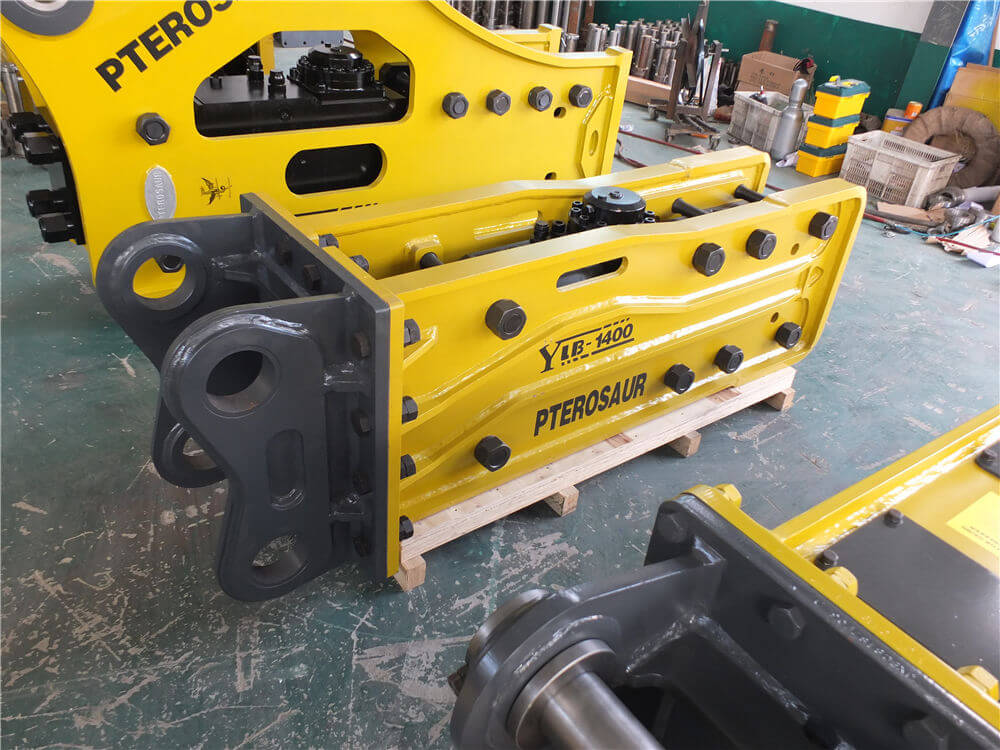Understanding Hydraulic Breakers: A Comprehensive Guide
Introduction to Hydraulic Breakers
Hydraulic breakers are powerful tools used primarily in construction, demolition, and mining operations. They harness hydraulic energy to deliver high-impact force, making them highly effective for breaking down tough materials such as concrete and asphalt. Understanding the functionality and application of hydraulic breakers is crucial for ensuring efficiency and safety on job sites.
Types of Hydraulic Breakers
Hydraulic breakers come in various designs, each tailored for specific tasks. The primary types include:
- Top-Type Breakers: These are mounted on excavators and are ideal for large-scale demolition projects.
- Side-Type Breakers: Designed for compact spaces, these breakers are often used in urban environments where space is limited.
- Box-Type Breakers: These are versatile and suitable for various applications, providing a balance between power and maneuverability.
- Integrated-Type Breakers: These models combine the breaker with the carrier for enhanced stability and reduced stress on equipment.
Applications of Hydraulic Breakers
Hydraulic breakers are widely used in several industries due to their versatility. Their applications include:
- Construction: Breaking concrete for foundations, road renovations, and infrastructure development.
- Demolition: Efficiently tearing down buildings and structures while minimizing surrounding damage.
- Mining: Breaking rock and ore in mining operations to facilitate extraction processes.
Advantages of Using Hydraulic Breakers
The benefits of hydraulic breakers are numerous, making them a preferred choice among professionals:
- Power and Efficiency: They deliver superior power compared to mechanical or pneumatic breakers, translating to faster work completion.
- Precision Control: Operators can control the impact force, allowing for more delicate tasks without risking damage to surrounding materials.
- Durability: Hydraulic breakers are designed for heavy-duty performance, ensuring longevity and reliability in demanding environments.
Choosing the Right Hydraulic Breaker
Selecting the appropriate hydraulic breaker for a specific job is critical for maximizing performance. Considerations include:
- Weight and Size: The breaker must be compatible with the excavator or carrier in use.
- Impact Energy: Assess the required impact force based on the materials being broken.
- Application Type: Different tasks may necessitate different types of breakers for optimal results.
Innovations in Hydraulic Breaker Technology
Recent advancements in hydraulic breaker technology have led to more efficient and environmentally friendly options. For instance, the development of intelligent hydraulic breaker systems allows for optimized impact forces and improved energy efficiency. These innovations not only enhance performance but also reduce operational costs and environmental impact.
Conclusion
Hydraulic breakers are essential tools in construction and demolition, offering unmatched power and precision. By understanding the types of hydraulic breakers, their applications, and the latest technological advancements, professionals can make informed decisions that enhance productivity and safety on their job sites. Whether you’re involved in large-scale demolition or intricate construction tasks, the right hydraulic breaker can make all the difference.



































